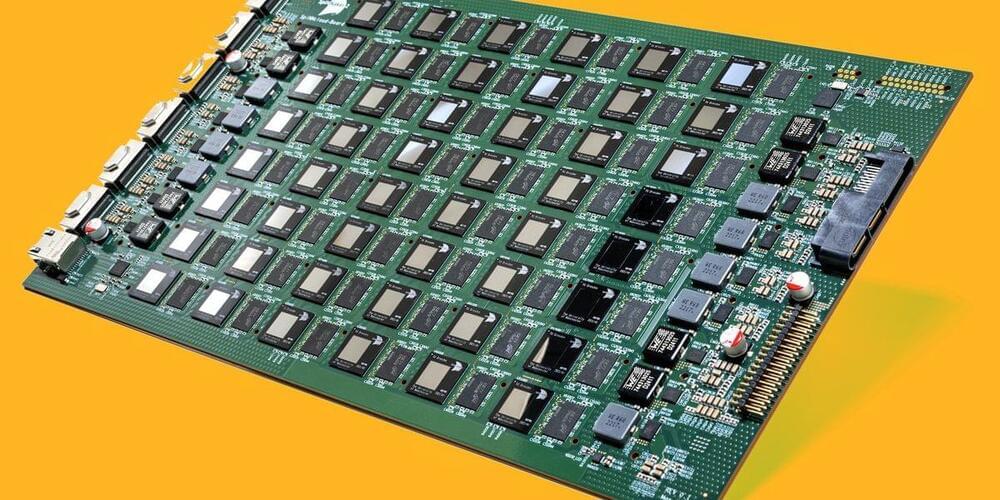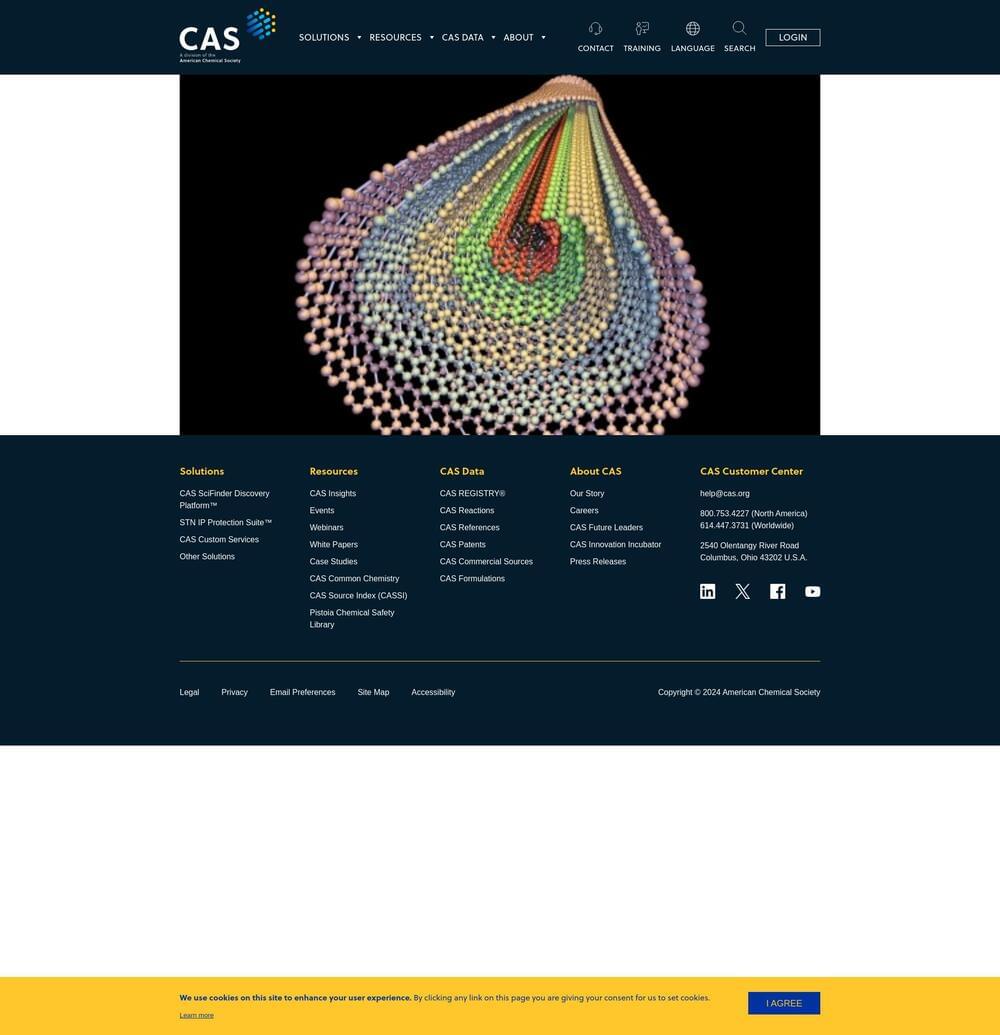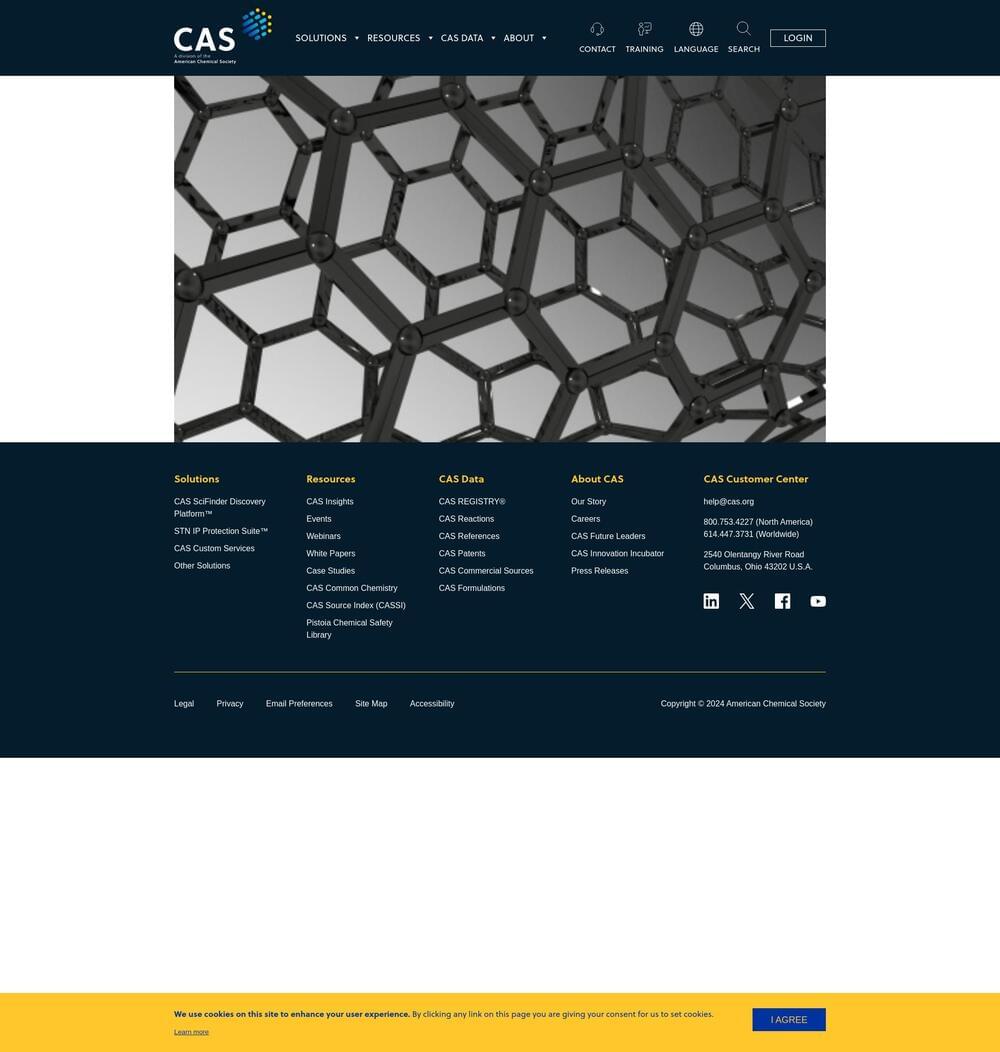May 11, 2024
Cosmism and the Future of Religion, with Giulio Prisco
Posted by Dan Breeden in categories: alien life, futurism
Future science and technology will permit playing with the building blocks of space, time, matter, energy, and life, in ways that we could only call magic and supernatural today. Someday in the future, you and your loved ones will be resurrected by very advanced science and technology. Inconceivably advanced intelligences are out there among the stars. Even more God-like beings operate in the fabric of reality underneath spacetime, or beyond spacetime, and control the universe. Future science will allow us to find them, and become like them.
These claims are made on the opening page of the book \.


















